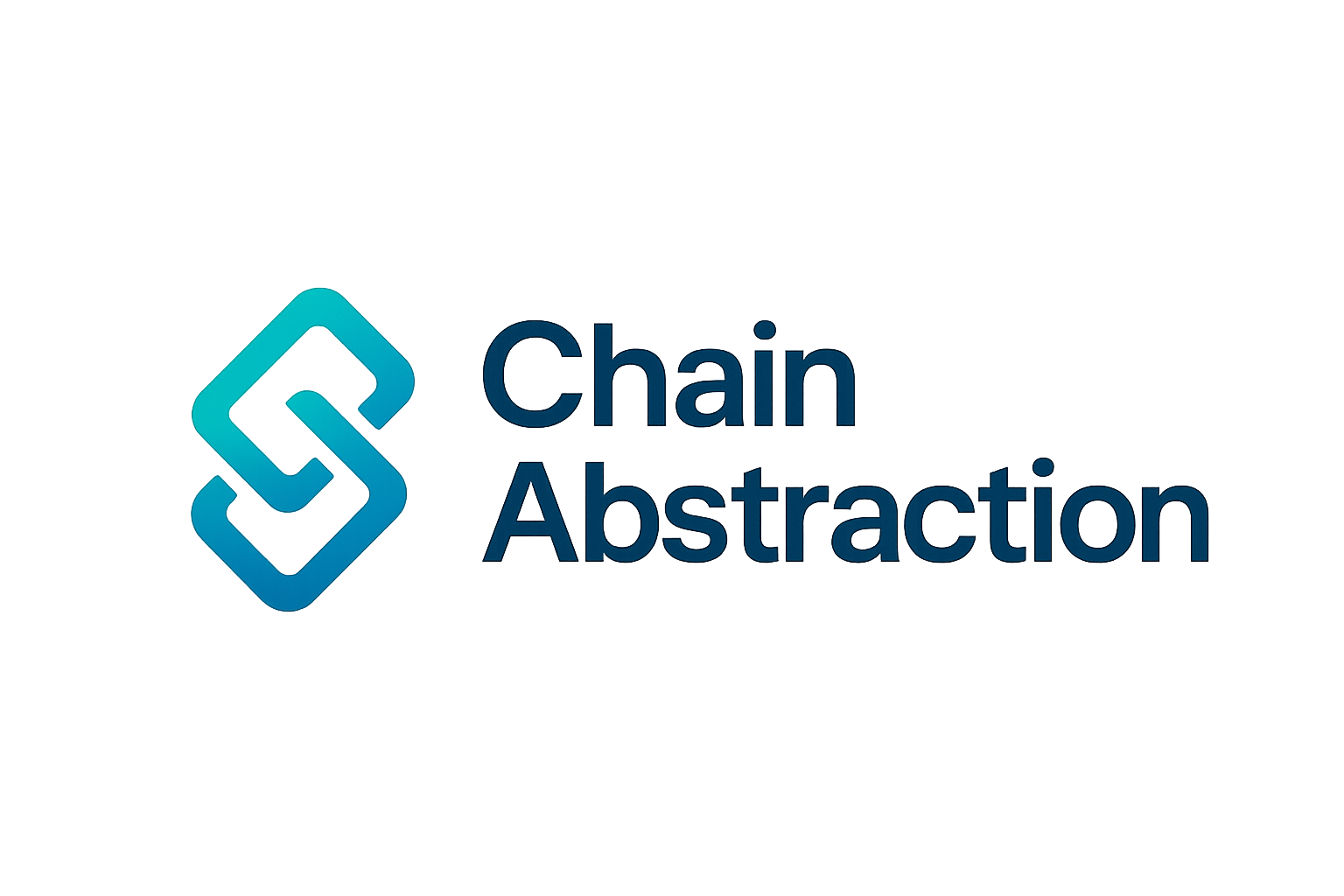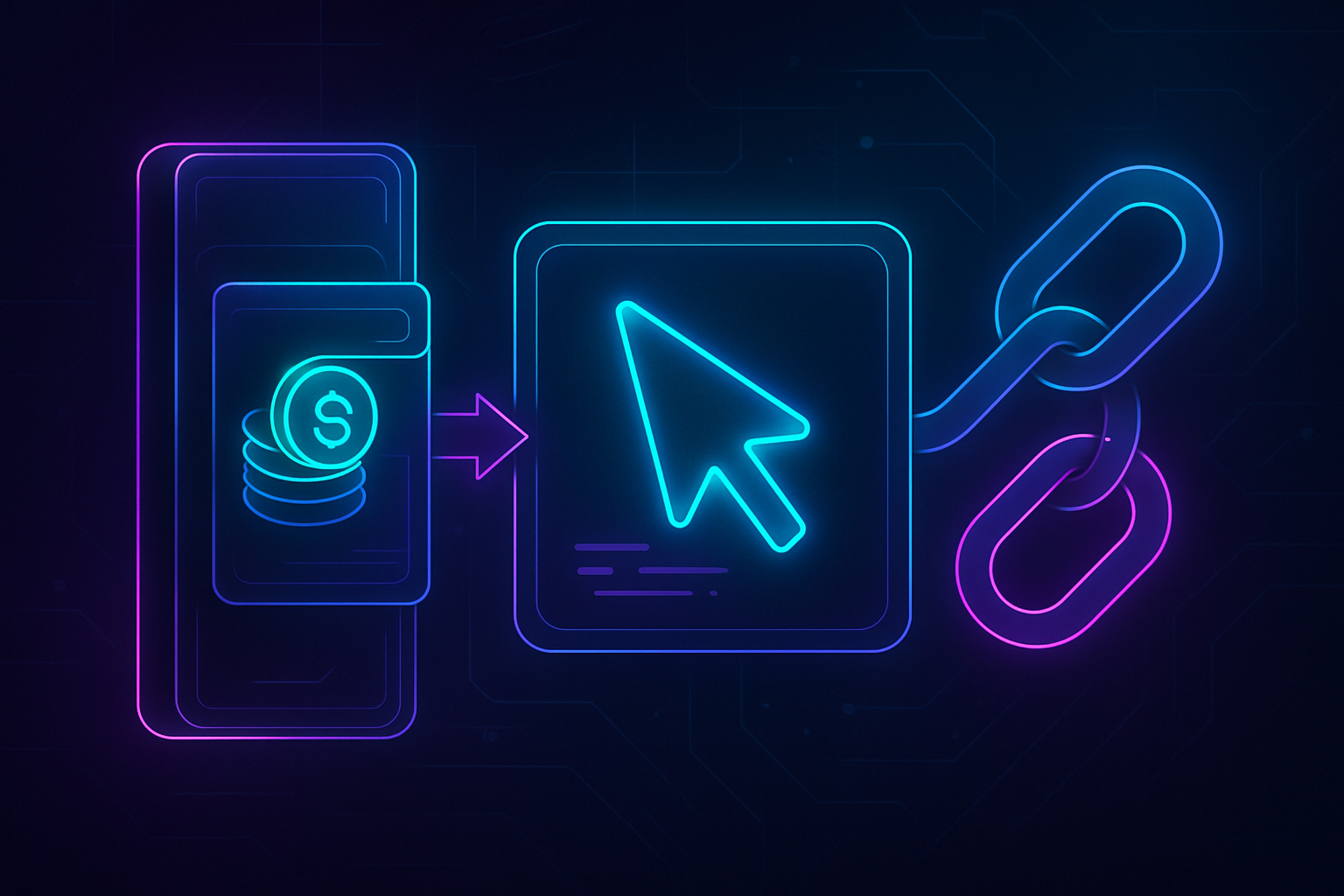
For years, navigating decentralized finance has meant juggling multiple wallets, switching networks, and wrangling with bridges or gas fees just to move assets between blockchains. This fragmented experience is one of the biggest hurdles for mainstream crypto adoption. Enter chain abstraction: a new paradigm that’s transforming how users interact with blockchains by hiding complexity behind a single, unified interface. With chain abstraction, one-click cross-chain swaps and seamless wallet management are no longer a futuristic promise, they’re becoming the new standard for Web3 UX.

What Is Chain Abstraction? The Foundation of Seamless Crypto UX
Chain abstraction is the process of decoupling blockchain interactions from the underlying technical details, so users can manage assets and execute transactions across multiple chains without worrying about which network they’re on or what tokens they need for gas fees. In practice, this means:
- Unified Wallet Management: Users control assets on Ethereum, Solana, Polygon, and more from a single wallet, no need to create or switch between separate accounts.
- Gas Abstraction: Meta-transaction layers handle gas fees behind the scenes. Users don’t need to hold native tokens like ETH or MATIC just to pay transaction costs.
- One-Click Cross-Chain Swaps: Liquidity aggregators source the best trade routes across DEXs and chains, letting users swap assets in one step, without manual bridging.
- Unified Interface: A consolidated dashboard shows balances and activity across all supported blockchains.
This approach isn’t theoretical. Projects like Backpack Exchange and Arcana Network are already integrating chain abstraction into their core offerings, providing seamless cross-chain user experiences that radically lower barriers for newcomers and power users alike (source, source).
The Key Components Behind One-Click Cross-Chain Swaps
The magic of chain abstraction lies in its architecture. Here’s how leading protocols are delivering on the promise of frictionless cross-chain transactions:
Core Elements of Chain Abstraction Protocols
-
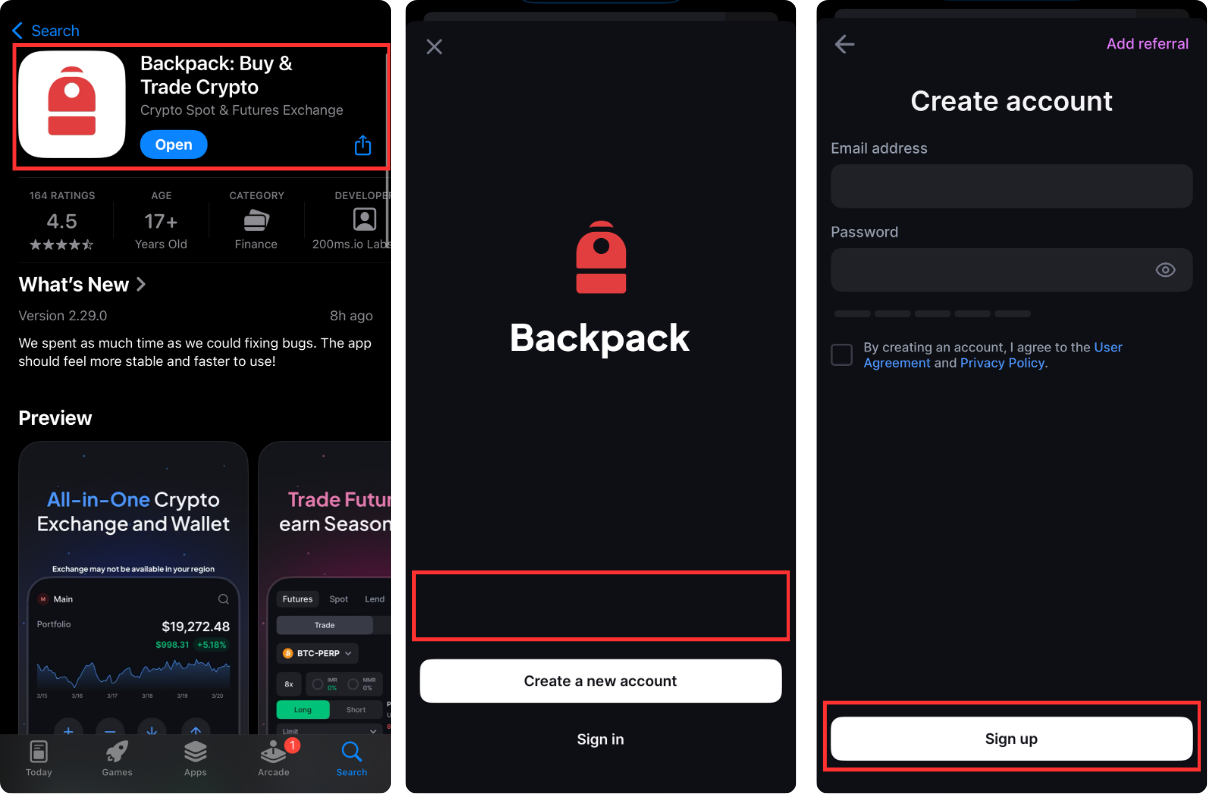
Wallet Abstraction: Modern chain abstraction protocols like Backpack Wallet and Safe offer a unified wallet interface that abstracts away blockchain-specific account management. Users can securely manage assets across multiple blockchains from a single wallet, reducing the risks and complexity of handling multiple private keys.
-

Gas Abstraction: Platforms such as Arcana Network and zkCross Network implement meta-transaction layers to handle gas fees across different chains. This allows users to execute transactions without needing native gas tokens for each blockchain, enabling seamless and predictable transaction experiences.
-
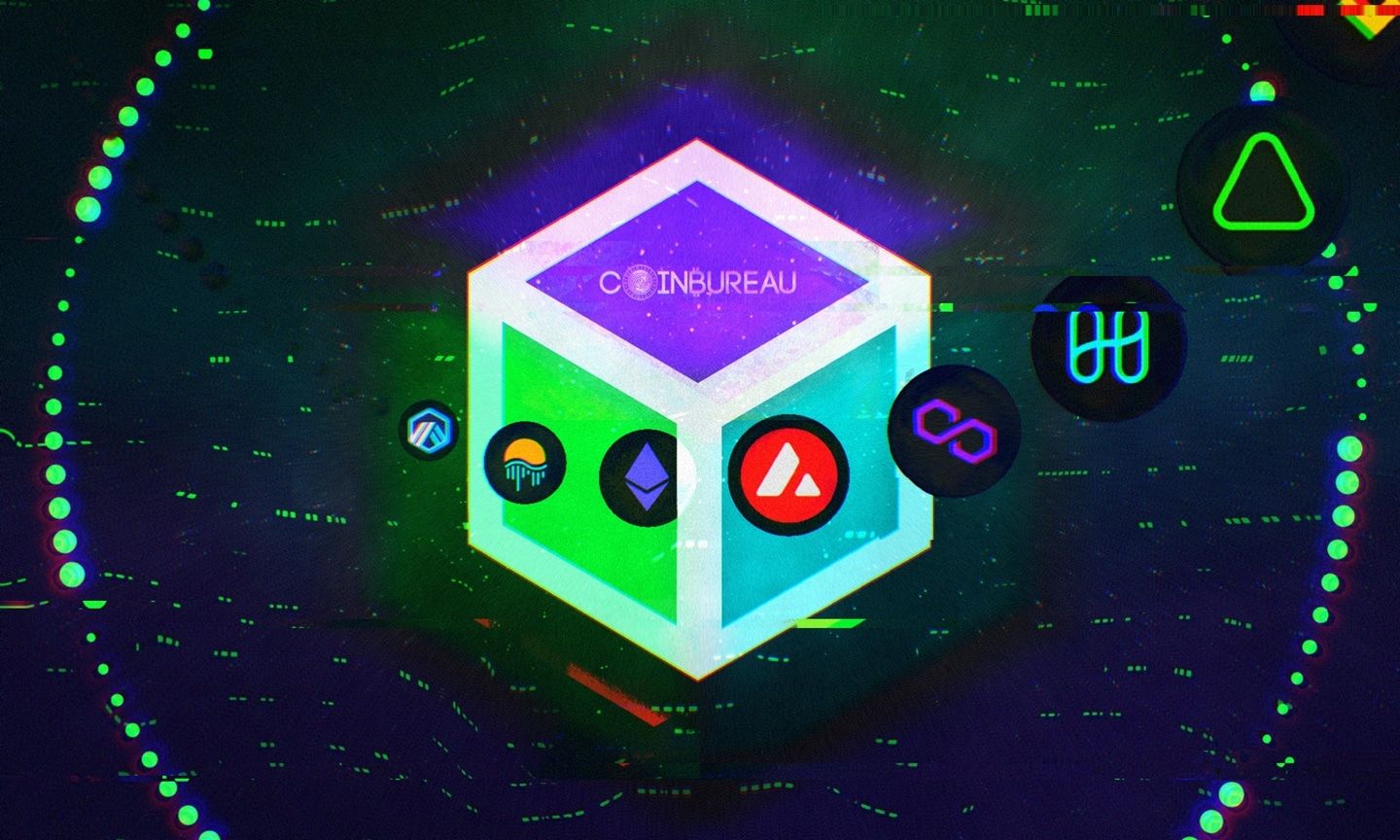
Liquidity Aggregation for One-Click Swaps: Protocols like Rubic Exchange and LI.FI aggregate liquidity from multiple DEXs and blockchains. This optimizes trade paths for minimal slippage and enables users to perform cross-chain swaps with a single click, without manual bridging or multiple transactions.
-
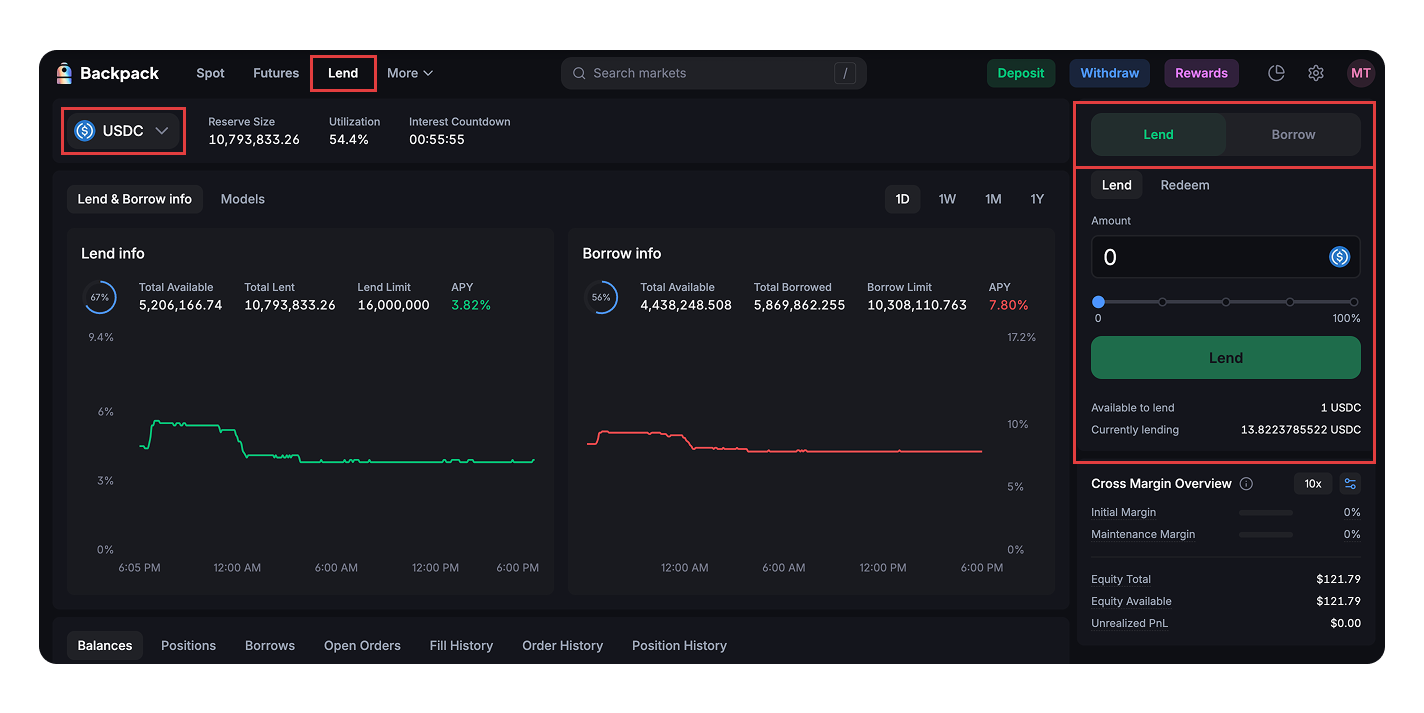
Unified User Interface (UI): Solutions such as Backpack Exchange and Safe Wallet provide a single, consolidated dashboard where users can view and manage assets across all supported chains. This unified UI eliminates the need to switch networks or interfaces, delivering a seamless and intuitive user experience.
Wallet Abstraction: Instead of managing separate wallets (and private keys) for each blockchain, users interact with a single wallet interface that abstracts away account management. This not only simplifies asset tracking but also reduces security risks associated with juggling multiple credentials (source).
Gas Abstraction: By leveraging meta-transactions or relayers, modern platforms allow users to pay transaction fees in any token, or even have them covered by dApps as part of an onboarding incentive. This removes one of the most confusing pain points in DeFi: running out of gas tokens at the worst possible moment (source).
Liquidity Aggregation and One-Click Swaps: Chain abstraction protocols tap into liquidity pools across DEXs on multiple chains. When you initiate a swap (say USDC on Ethereum to SOL on Solana), the protocol automatically finds the optimal route, batching backend transactions so you see only a simple confirmation screen.
The Benefits: Why Unified Wallet UX Matters Now More Than Ever
The implications for end-users are profound, and go far beyond mere convenience:
- Simplified User Experience: No more network switching or hunting down bridges; everything happens through one intuitive dashboard.
- Bigger dApp Ecosystem Access: Interact with DeFi apps on any chain from your primary wallet, no silos holding you back.
- Error Reduction and Security: Fewer manual steps mean less chance for costly mistakes or phishing attacks tied to copy-pasting addresses.
- Paving the Way for Mainstream Adoption: Abstracting away technical barriers makes crypto approachable for non-experts, unlocking growth across decentralized finance.
This evolution is already visible as more wallets integrate direct cross-chain swaps within their UIs (source). As these solutions mature, expect even greater interoperability, and an end to fragmented Web3 experiences.
Developers are equally empowered by chain abstraction. Rather than building separate integrations for each blockchain, they can deploy dApps that operate natively across multiple networks. This not only accelerates development cycles but also expands their user base, as anyone with a unified wallet can access the application, regardless of their preferred chain.
How One-Click Cross-Chain Swaps Work in Practice
Imagine swapping USDT on Ethereum for AVAX on Avalanche. In the traditional model, you’d need to manually bridge assets, pay gas fees on both chains, and hope you don’t run into compatibility issues along the way. With chain abstraction, those steps are compressed into a single click. The protocol handles routing, fee calculation, and execution behind the scenes, delivering your AVAX directly into your unified wallet without any manual intervention.
This seamless process is enabled by real-time liquidity aggregation across decentralized exchanges and bridges. The protocol automatically sources the best rates and routes to minimize slippage and maximize efficiency. For users, it’s as straightforward as swapping tokens within a single network, only now, those boundaries have all but disappeared.
What Does This Mean for Security?
By reducing the number of steps and interfaces involved in cross-chain transactions, chain abstraction inherently lowers risk exposure. Users no longer need to interact with multiple dApps or paste addresses between wallets, a common vector for phishing attacks and user error. Instead, they benefit from consolidated security practices within their primary wallet interface.
Security Benefits of Unified Wallet UX & Chain Abstraction
-
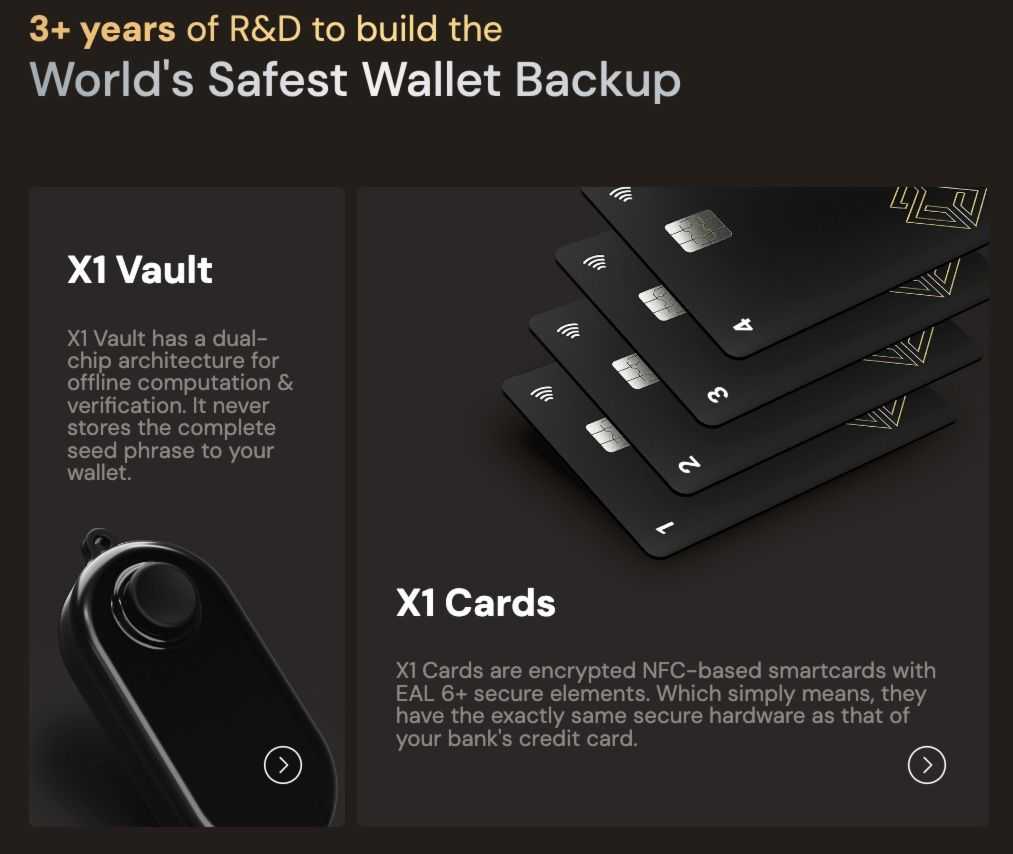
Reduced Attack Surface from Fewer Private Keys: By managing assets across multiple blockchains within a single unified wallet, users minimize the risks associated with handling and storing multiple private keys, which are common targets for phishing and malware attacks.
-
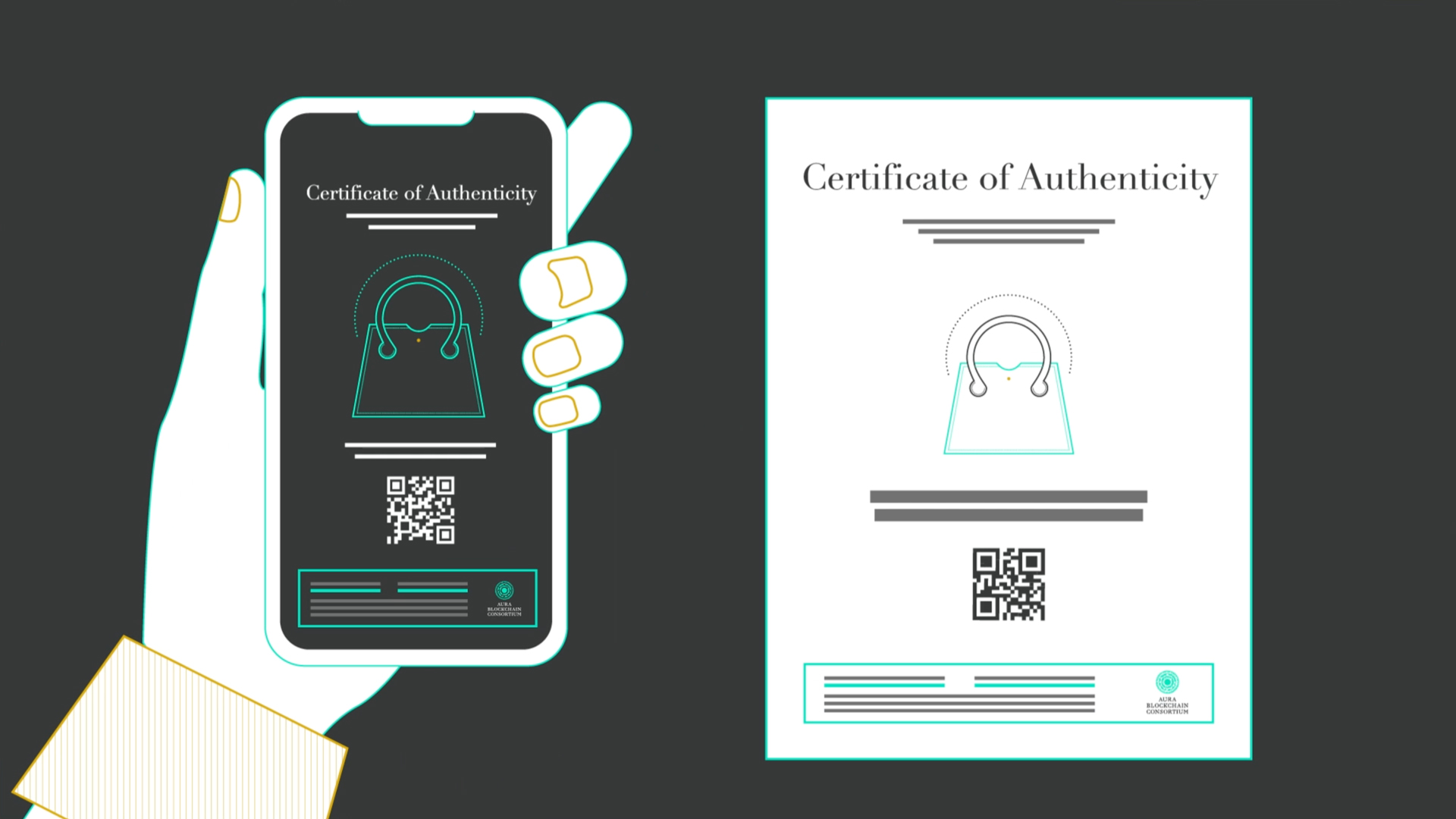
Consistent Security Policies Across Chains: Chain abstraction enforces uniform authentication and authorization methods, reducing the likelihood of user error or inconsistent security practices when interacting with different blockchains.
-
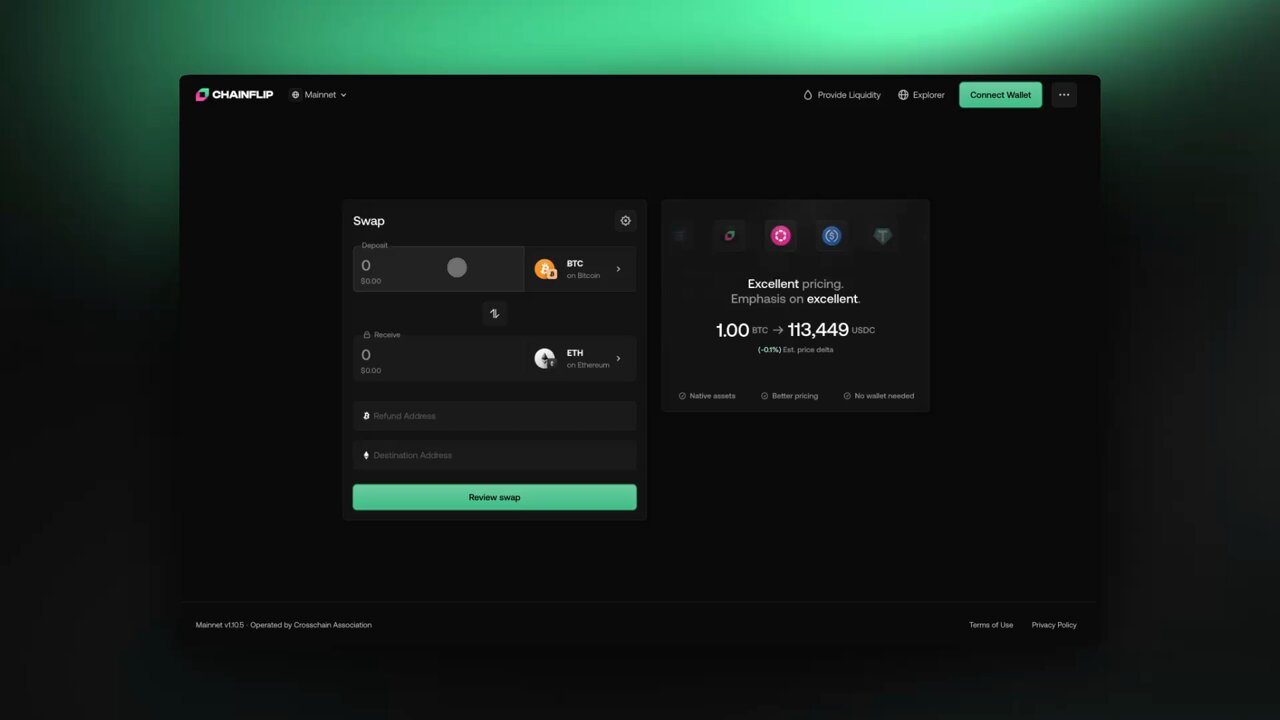
Minimized Human Error in Cross-Chain Transactions: One-click cross-chain swaps abstract away complex manual steps, lowering the risk of mistakes such as sending assets to the wrong network or address, which can result in permanent loss.
-
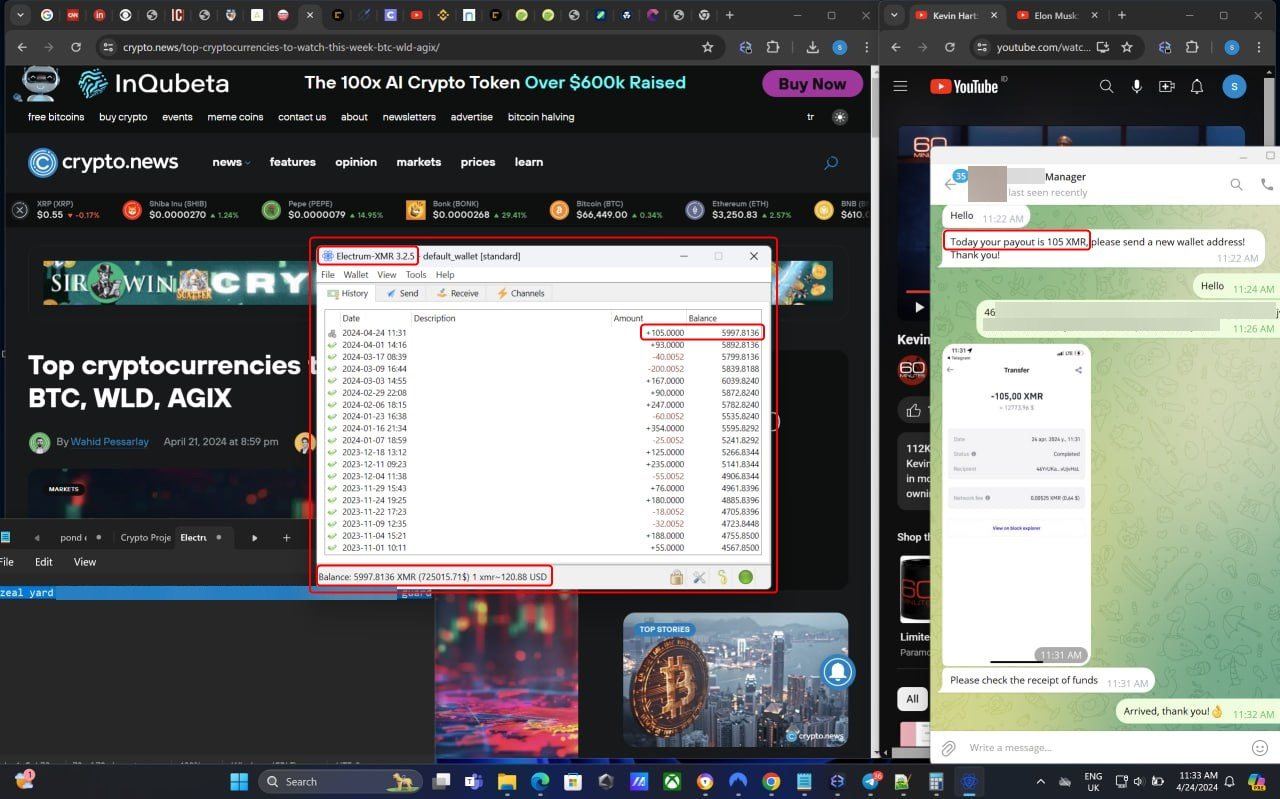
Integrated Transaction Monitoring and Alerts: Unified wallet interfaces can provide real-time monitoring and alerting for suspicious activity across all connected chains, enabling faster detection and response to potential threats.
-

Automatic Gas Management Reduces Exposure: Gas abstraction eliminates the need to hold native tokens for every chain, reducing exposure to unnecessary assets and limiting potential attack vectors related to gas fee management.
Moreover, because asset management is centralized through wallet abstraction (not custody), users retain full control over their private keys while enjoying an experience that rivals traditional fintech apps in ease of use.
The Road Ahead: Towards True Cross-Chain Interoperability
The rapid adoption of chain abstraction protocols signals a new era for decentralized finance. As more wallets and dApps embrace this architecture, the crypto ecosystem will become less fragmented and more accessible to everyone, from institutional investors to everyday users exploring Web3 for the first time.
For developers looking to future-proof their products or investors seeking projects with staying power, evaluating how well platforms implement chain abstraction should be top of mind. The winners in this landscape will be those who deliver true one-click cross-chain swaps and seamless unified wallet UX, breaking down silos that have long held back blockchain’s full potential.
If you want to dive deeper into how these technologies work under the hood or see live examples in action, check out resources like ZKCross Network’s documentation or Arcana Network’s overview.
